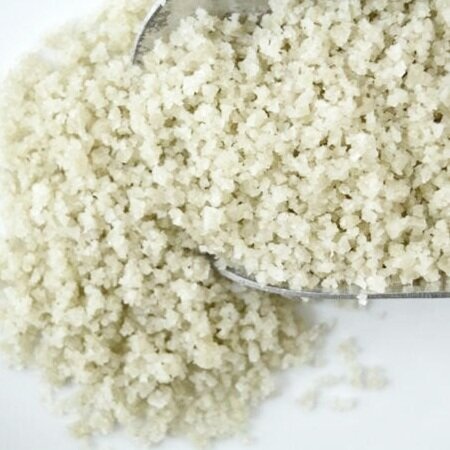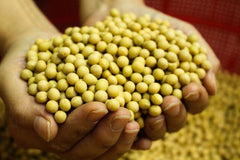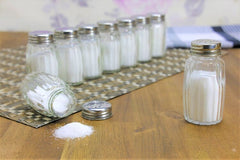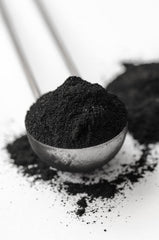Healthy vs. Unhealthy Salts
Found in most every single home around the globe, as well as in every restaurant, many people believe food would not be food without some sprinkled on it for a savory flavor. In fact, salt is so valuable that Roman soldiers at one time received their pay in salt, not in coins. From this custom, this is where the word “salary” originated. It’s interesting that the word “salt” come from the Latin “salus,” meaning health. The objective of this article is to reveal salt's purpose and which type of salt is the healthiest to consume because what would life be like without salt?1
“There is a difference between sodium and salt. Sodium is a mineral and a nutrient that is naturally occurring. Sodium is a nutrient found in fresh fruits, vegetables, and legumes. Salt on the other hand, is what’s often added to foods, especially to preserve or flavor them. Salt is 40% sodium and 60% chloride.”
Life Without Sodium?
There really is no such thing as life without sodium. Sodium is one of the four VITAL elements needed for life. The other three include oxygen, water, and potassium. Sodium is the third most important element, after water.2 There is a difference between sodium and salt. Sodium is a mineral and a nutrient that is naturally occurring. Sodium is a nutrient found in fresh fruits, vegetables, and legumes. Salt on the other hand, is what’s often added to foods, especially to preserve or flavor them. Salt is 40% sodium and 60% chloride.3
It’s important that our body receive a daily amount of sodium for functioning. We lose sodium when we cry, or perspire, or excrete bodily waste. In fact, the baby in the mother's womb is “swimming” in a sodium water mixture in the mother. Every day, our bodies excrete waste and perspires.4 It’s important to replace the sodium that has been lost. This is where our diet plays a role. The sodium in our diet comes from approximately three sources: salt that is naturally present in food, salt that is added to food by commercial processors, salt that we add to food, either during cooking or at the table.5
Roles of Sodium
Sodium helps our bodies to maintain the proper water balance. This is very important because our bodies are made of mostly water. Sodium assists in muscle contraction and relaxation, and aids in proper functioning of the nervous system, specifically it helps our nerve cells' communication networks. Sodium also helps keep the body's blood and urine in proper balance of acid content, and it aids in the absorption of nutrients through the cell membranes.6 Moreover, salt is essential for the blood, especially for proper blood pressure.
Most of us have consumed or know about “table salt”. Table salt contains 40% of the nutrient Sodium (Na), and 60% of the nutrient, Chlorine (Cl). There are no other minerals found in table salt, however Iodine has been added to table salt. Table salt is refined, meaning it’s highly processed and is not rich in minerals. Let’s take a look at the facts concerning table salt.
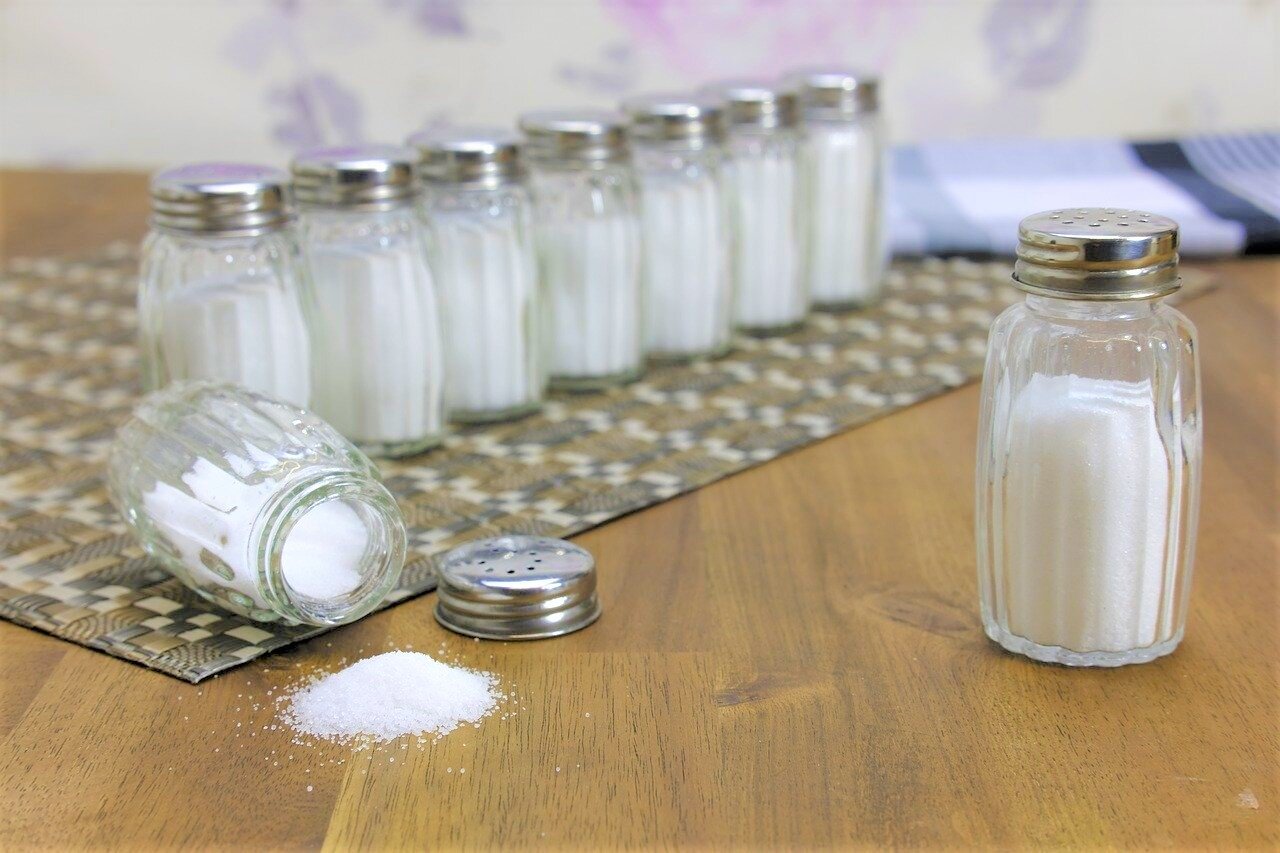
Table Salt, Friend or Foe?
Before the salt reaches our table or is put into our food, it goes through quite a process. Table salt is typically mined from underground salt deposits. It is heavily processed to eliminate minerals (including trace minerals and minerals like magnesium, calcium, and potassium) and impurities and usually contains an additive to prevent clumping.7 These additives are called “anti-caking agents” and may include the following: potassium ferrocyanide, calcium silicate, silicon dioxide, yellow prussiate of soda, and iron ammonium citrate.8 In addition, the salt is heavily ground, meaning it is refined.
Manufacturers will often, if not most times, add Iodine. Iodine is a very important mineral that helps regulate Thyroid function. Iodine is known to help prevent goiters.9 So, although there is iodine added, there is still an obvious imbalance of minerals in table salt. Barbara O'Neill, a world renown naturopath and holistic expert, states that table salt is “a harsh salt and a dangerous salt because it causes an electrolyte imbalance by bringing sodium into the body in an unbalanced way. If sodium chloride were injected into the body, the person would die. The human body requires sodium in a balanced state, accompanied by a host of other minerals.”10
When we consume table salt, the sodium content of our blood increases and the cells swell up. As a result, there is an elevation of the blood pressure because of the swelling. (Barbara O'Neill). Jethro Kloss in his book, Back to Eden, states that “Sodium Chloride is inorganic and cannot be used by any cell structure in the body. It irritates the stomach and the bloodstream, is indigestible, and even hinders the digestion of other foods. It is one of the causes of high blood pressure and should be restricted in the diets of patients with heart disease.”11 Even in small quantities, sodium chloride can be irritating to the body. As stated earlier, because sodium and chloride are not accompanied by other minerals, there is a crisis that occurs if introduced into the body. One teaspoon has about 2,000-2300 mg of Sodium.




